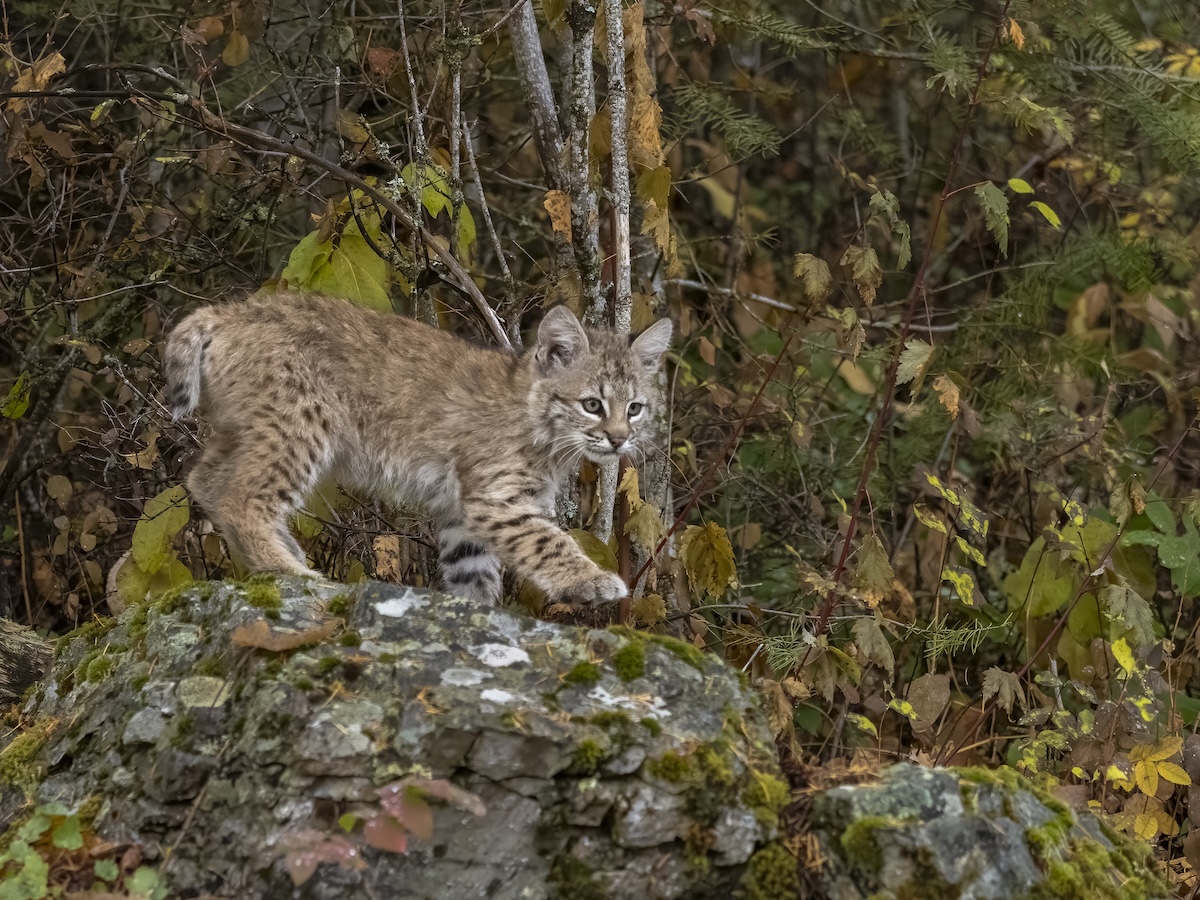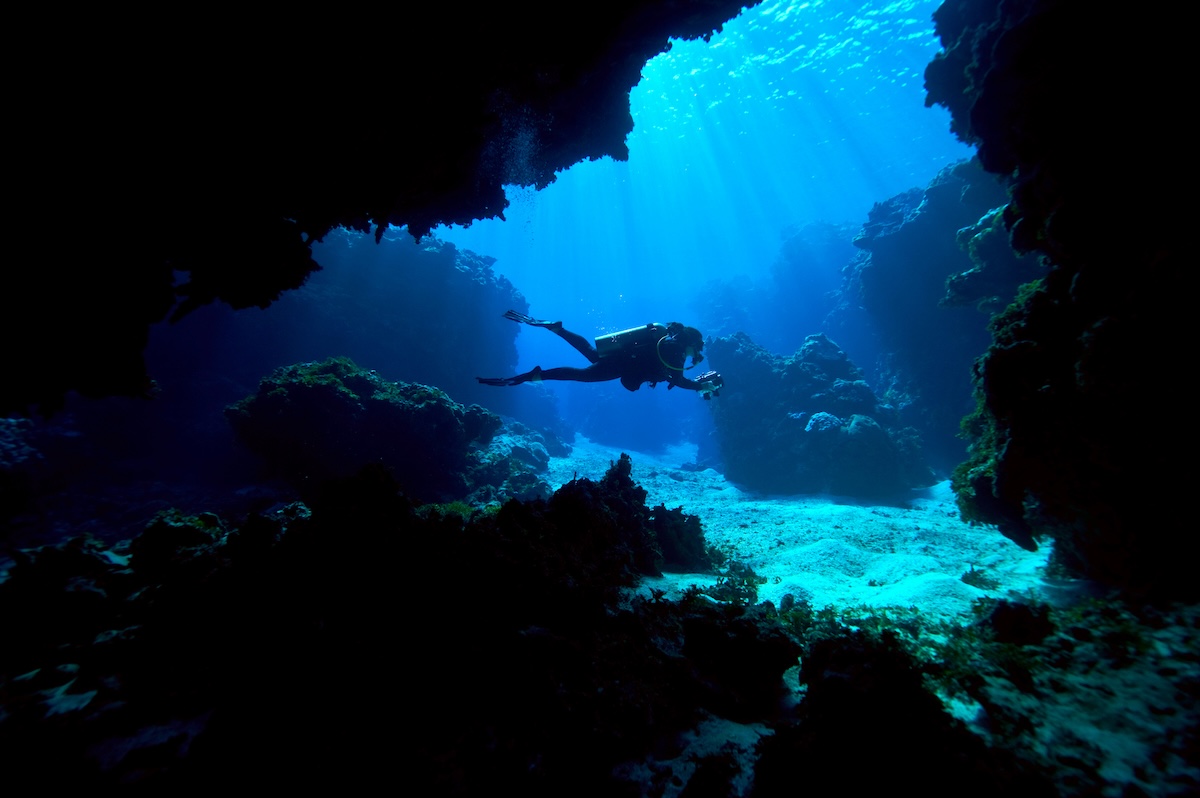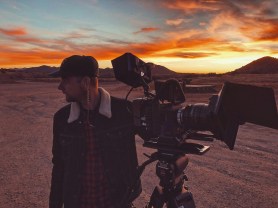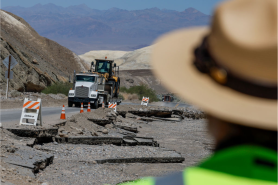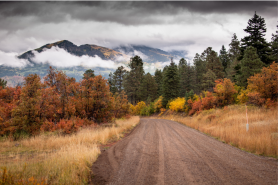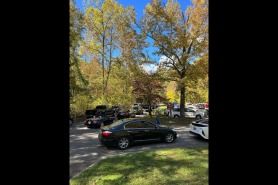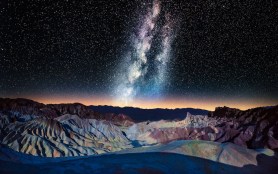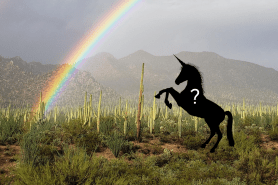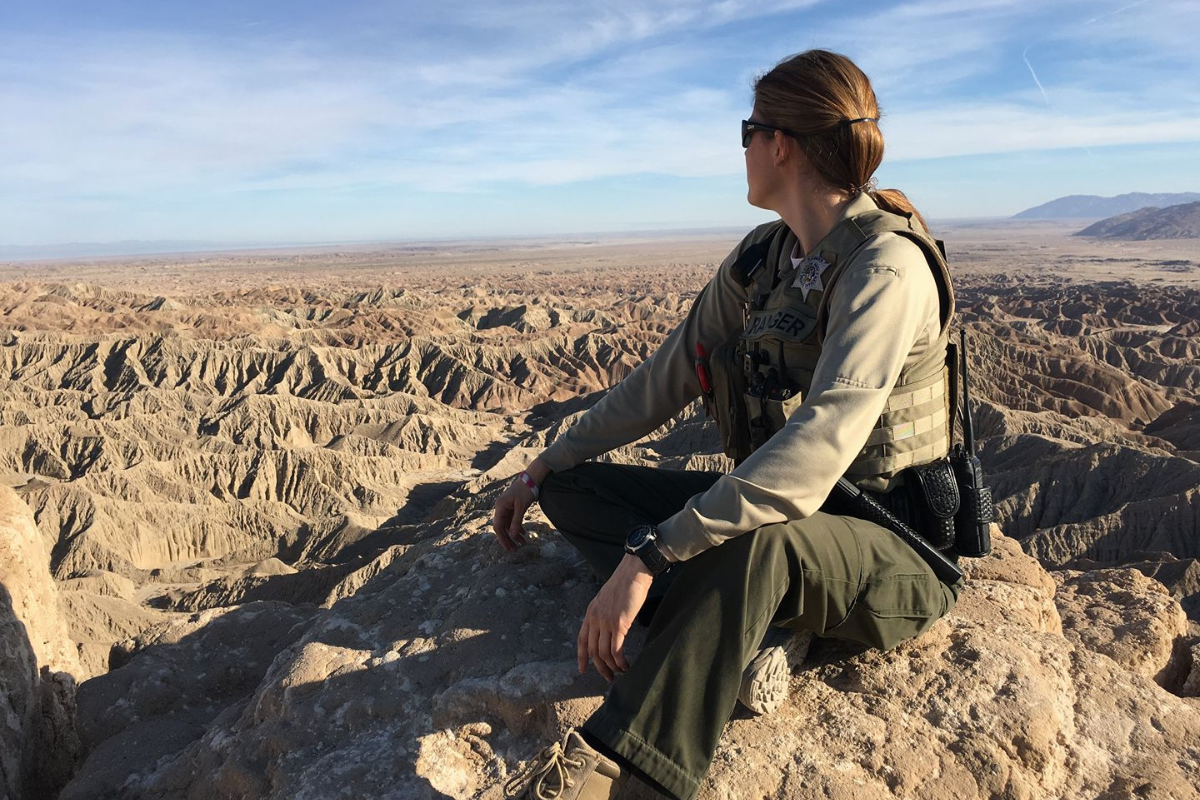

The following is a guest post from Carina Hammang, a supervising state park peace officer and a park ranger at Anza-Borrego Desert State Park in California. She shares what it’s like to spend a day in the life of a park ranger.
Videos by Outdoors
Green pants, khaki shirt, black boots, duty belt, shiny star badge, and the iconic straw Stetson. This is the image most people visualize in their minds when they think of a park ranger. If you are an outdoor enthusiast—a hiker, cyclist, equestrian, camper, birder, or photographer—or if you grew up traveling with your parents to parks across the country, then you have likely met a park ranger in real life.
Did you know that there are many types of park rangers in North America? There are city, county, regional, state, and federal park rangers, and even peace officers in some police departments that are assigned as park rangers. Each of these departments has specific duties that park rangers fulfill to protect the public, the communities, and the natural, cultural, and historic resources. They enforce rules, regulations, and state, local, and federal laws. In the Golden State of California, one such department is California Department of Parks and Recreation, popularly known as California State Parks, which employs approximately 500 park rangers, also known as State Park Peace Officers.
Becoming a Park Ranger
Here’s a fun fact: Did you know it takes 11 months of specialized training to become a State Parks Peace Officer for California State Parks? State Park Peace Officers (park rangers/lifeguards) serve and protect people, as well as natural, cultural, and historic resources. They have jurisdiction throughout all of California and enforce laws in state parks, on highways, and within communities with a focus on the state parks themselves.
Park rangers come from all walks of life, cultures, and heritages, with reasons for becoming a park ranger being as diverse as California’s 280 state park units. If you ask a park ranger why he or she chose this career, the ranger will likely relay a memorable experience from his or her childhood. Maybe she was once captivated by a park ranger’s night sky educational program or he sought comfort from a park ranger who provided a smile and first aid for a skinned knee—or perhaps a park ranger let him try on her Stetson while his big sister asked about desert wildflowers. Each park ranger has a unique story that has led him or her to become a steward of the amazing natural, cultural, and historic resources that can be found throughout California and the U.S.
A Day in the Life of a Park Ranger
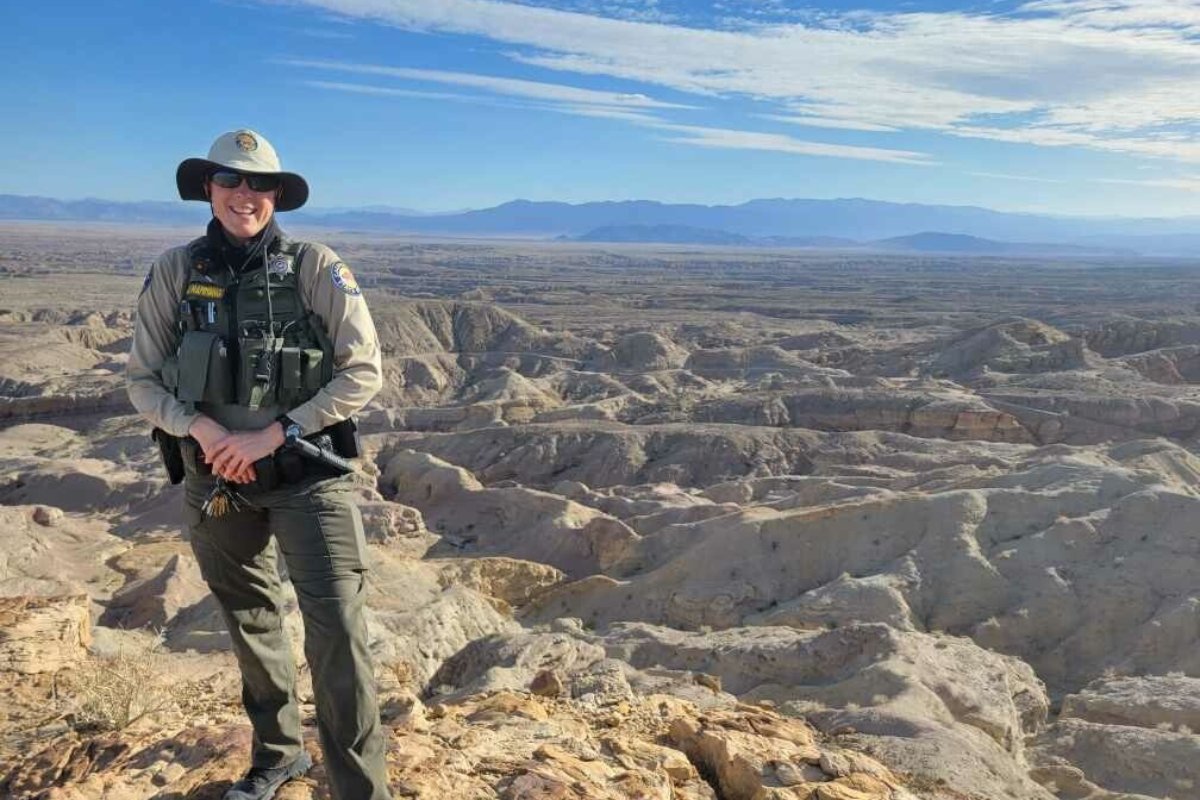
Historically, since California State Park’s establishment in 1864, park rangers were men, starting with Galen Clark. Today, there is a more diverse balance within park ranger ranks, which helps to encourage anyone interested in a career in law enforcement to seek out their dreams and make them reality. One such example is me. My name is Carina Hammang, and I am a female park ranger who works in the largest state park in California—Anza-Borrego Desert State Park (ABDSP). At almost 700,000 acres and approximately 1.5 hours east of the City of San Diego, ABDSP fully surrounds the small yet happening town of Borrego Springs. My story of becoming a park ranger is a rather simple one.
At a young age, I fell in love with nature while spending hours picking flowers, inspecting insects, and searching for butterflies well after dark in my backyard. Often, my parents called me into the house as I was so captivated by the natural environment that I would completely forget the rest of the world existed. I knew the flora and fauna that Mother Nature had so graciously bestowed upon the world needed my help. Little did I know that this would be my life’s goal . . . becoming a park ranger!
Fast forward to 2023, I have now been serving and protecting the public and the resources in California’s incredible state parks for eight years. The best part of my job is that no two days are the same. There is no such thing as a “routine” or an “average day”—and that’s exactly the way I like it.
Each day, I put on my “Super Woman” suit, which includes a body armor vest and a duty belt. The vest and belt are equipped with several useful tools to protect the public and myself. Combined, they weigh nearly 30 pounds. Once I’m suited up, I go on duty. That’s when the awesome roller coaster ride begins. Today is a typical desert summer day. It is 8 a.m. and already 90 degrees Fahrenheit. The forecasted high temperature is 110 degrees.
Checking in
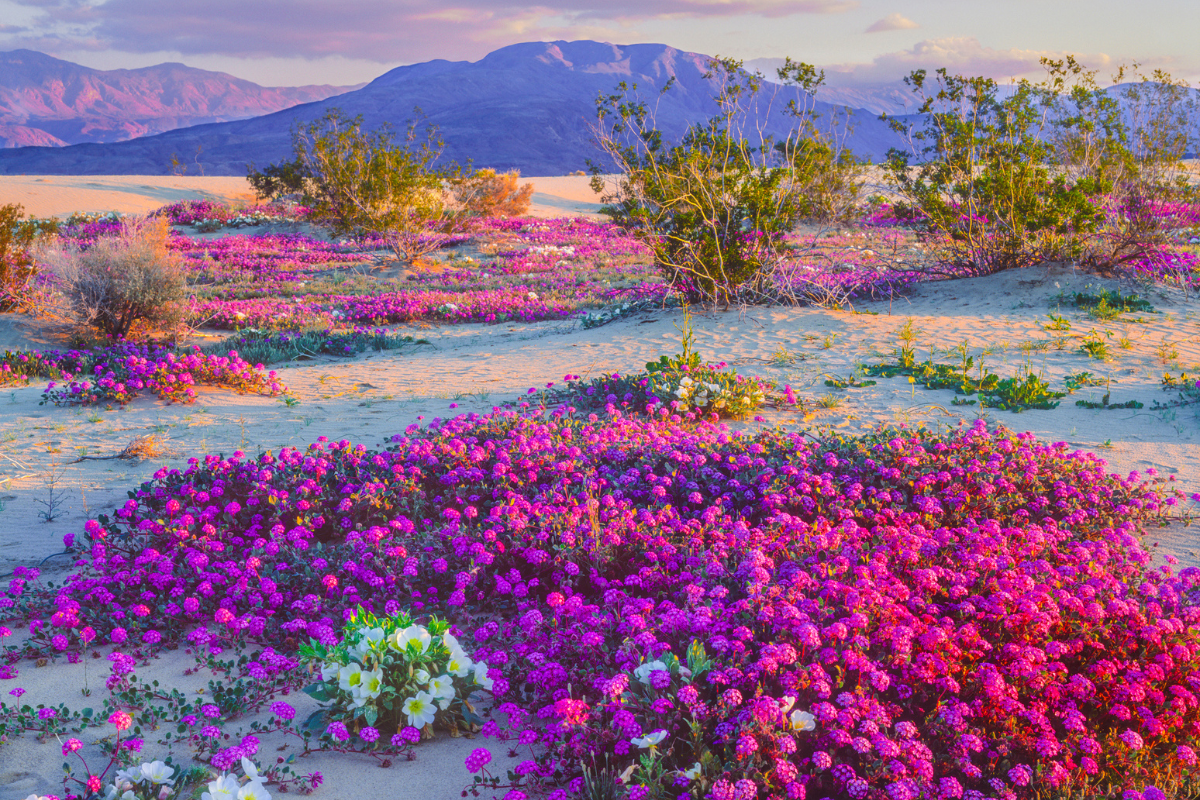
I start my day driving my patrol vehicle to the Borrego Palm Canyon Campground entrance kiosk to check in with park staff. They relay camper complaints and campground issues that become my priority. After problems are solved and everyone is happy—the perfect outcome—I finish patrolling the campground and greet campers, stop to answer visitor questions, give directions to adventurous hikers, and say hello to the devoted volunteer staff at the Borrego Palm Canyon Trailhead.
I then head over to the Anza-Borrego Visitor Center, patrol the parking lot, and ensure payment of the required day use fees. Once in the Visitor Center, I check in with the staff to get an update on reports of wildlife sightings and park road conditions.
Protecting Natural Resources
The Visitor Center has unique exhibits displaying flora and fauna, including the endangered peninsular bighorn sheep and a massive mammoth fossil. This makes me smile and reinforces why I love being a park ranger in this amazing desert. I take a brief moment to admire the new unique and creative merchandise at the Visitor Center store and say goodbye to the cheerful staff. While heading back to my vehicle, I stop to pick up some trash stuck to a cholla cactus and answer some questions from visitors.
Once back in my vehicle, I begin to “plan” the remainder of my day. I will stop by the office to coordinate with my fellow park rangers about our daily patrol operations, grab a cooler filled with ice water (an essential item in the desert), get a charged battery for my handheld radio, and then I continue my patrol. Let the fun begin!
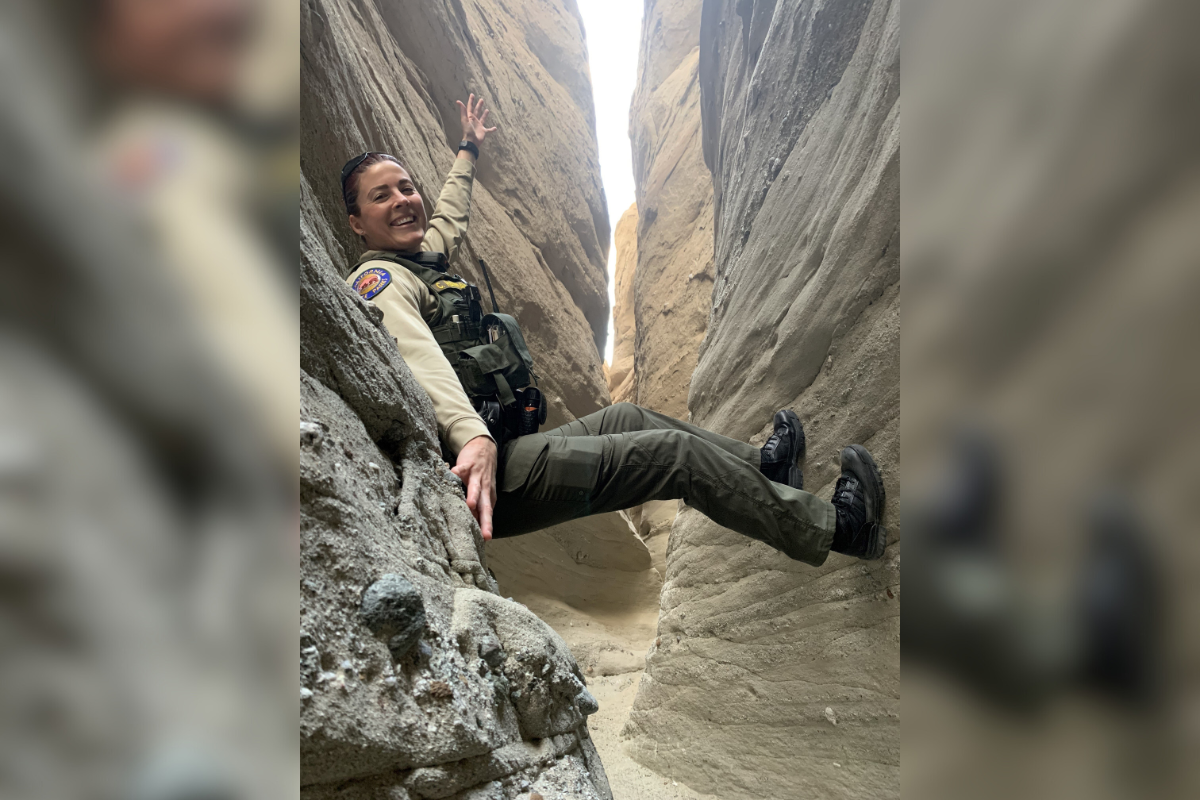
The nearly 700,000 acres of land that comprises ABDSP is indeed my oyster. The thrill of having what feels like endless miles of terrain to travel each day and not knowing what I am going to find tucked into miles of unpaved roads throughout the park excites me and keeps me coming back to work day after day.
A Hiker Rescue
My next destination is Mine Wash off Highway 78, about 30 minutes away. As soon as I enter Mine Wash, a radio transmission comes from dispatch for a heat-related illness on the Borrego Palm Canyon trail. I radio dispatch to let them know I am responding. I go Code 3—flashing red and blue lights and siren. I drive fast but at a safe rate of speed. I love driving Code 3!
I arrive at the trailhead that I had left only three hours earlier. The local fire department has beaten me to the scene. The firefighters, medics, and I create a plan for hiking up the rugged trail to where the patient is waiting for help. I remove my body armor in preparation for the long strenuous hike up the canyon, put on my wide-brim sun hat, throw my medical rescue bag on my back with plenty of water for myself and the patient, and tell the firefighters excitedly, “let’s do this.”
We hike in full sun, up the rocks, over the boulders, cross the creek, around the cacti and wildflowers, and up the narrowing canyon. We finally reach the patient who is sitting in the shade with loved ones. I introduce myself as a park ranger and an Emergency Medical Technician and ask the patient if I can help. The group is happy to see me, grateful for my assistance, and even apologize for their call for medical care. I reply, “no need to apologize. I am sorry this is happening to you, this is my job, and I love helping people.” The response I get is a simple smile, which gives me joy and fuels my passion for my chosen profession.
Once medical care is provided, the firefighters, medics, and I help walk the patient slowly down the trail. At the parking lot, the patient agrees to go to the hospital in an ambulance. I shake the patient’s hand, wish a speedy recovery, and close the ambulance door. I take a long deep breath—another life saved. It’s an exhilarating feeling.
Making Guests Feel Welcome
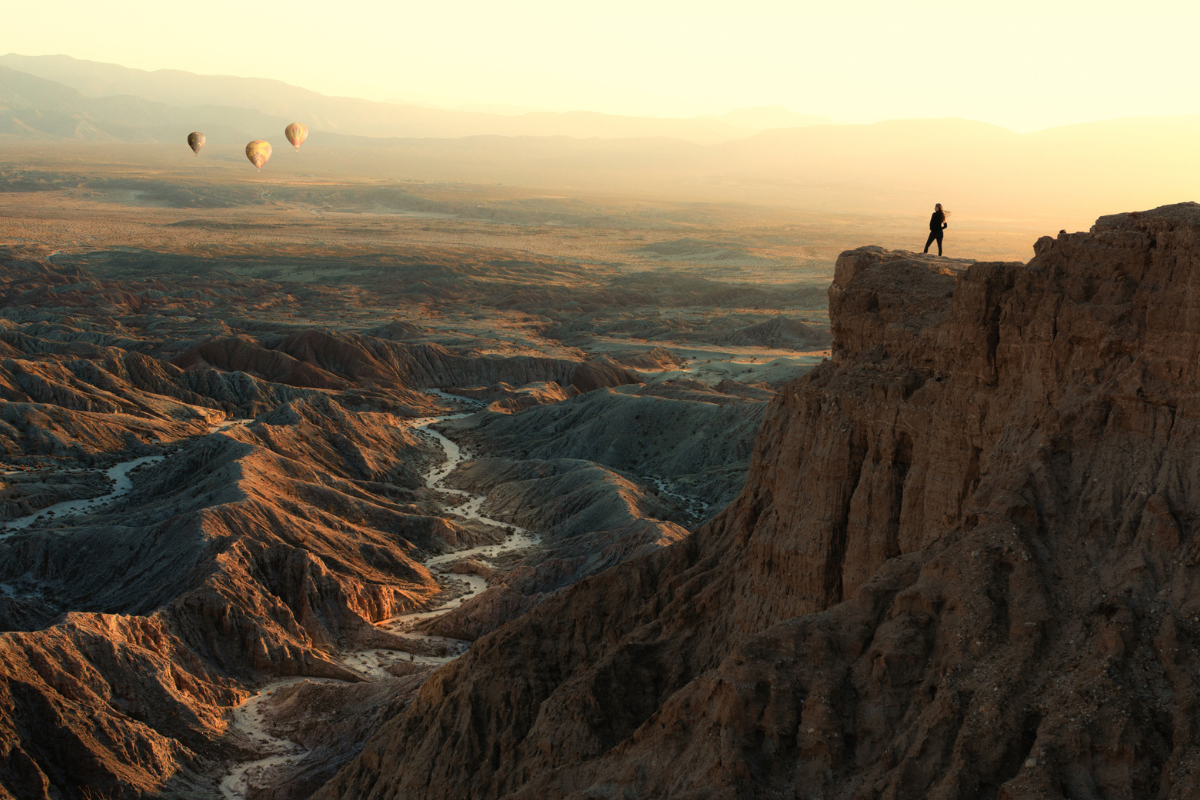
While walking back to my vehicle, a mother with two little boys asks what happened on the trail. I relay that a hiker needed some help, but they’re going to be okay. The two boys hid behind their mother’s legs, appearing shy. I knew just what they needed. I told the mother I needed to get something from my vehicle and would be right back.
I returned to the mother and the two boys; I got down on one knee and presented each of them with a Junior Park Ranger sticker. Their eyes lit up. They smiled and took the stickers from my hand. The mother helped them put the stickers on their shirts and the boys looked proudly down at their chests. I told the boys that they were now honorary Junior Rangers and that their job was to help me protect the parks. When I put out my hand in a gesture to receive a high five, I remarkably received four instead of two. The boys no longer felt shy. The mother said thank you. My heart was fulfilled.
Now sweaty and dusty, I take several long sips of cold water, don my body armor, store my medical gear, and situate myself back into my vehicle to reassess my “plan” for the rest of the day. Wow, where has the time gone? I now only have a couple hours left of my shift, and there are so many places in the park that need to be patrolled. I take comfort that this miraculous park and those places will be here tomorrow.
Learn More About the Job
Being a park ranger has given me the once-in-a-lifetime opportunity and authority to protect people, plants, and animals each day. I am grateful to California State Parks, our honorable mission, and my position within the department. People tell me all the time that I have the best job in the world. Well, they are absolutely correct, and I don’t take it for granted.
Perhaps next time you think about a park ranger, you will see beyond the green pants, khaki shirt, and symbolic Stetson. Instead, you will see a diverse and dedicated group of men and women who have devoted their lives to protecting people, communities, and the nation’s natural, cultural, and historic resources. If this is your passion, you could be a park ranger, too!
If you are interested in learning more about becoming a park ranger with California State Parks, visit www.LiveTheParksLife.com.
